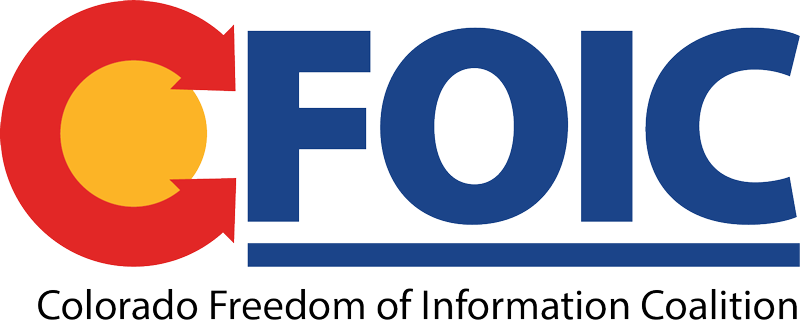From Health Elevations: First, the good news. Thanks to the Affordable Care Act and regulatory changes made in recent years by the Internal Revenue Service, a greater wealth of information is available to the public than ever before about how nonprofit hospitals are meeting their obligations to the communities surrounding them.
Now, the bad: You need the digging skills of an investigative journalist, the know-how of a statistician and a background in hospital management to make heads or tails of that data.
“There has been a lot of progress made in improving transparency. Unfortunately, it is still not very consumer-friendly,” said Adela Flores-Brennan, executive director of the Colorado Consumer Health Initiative. “It is challenging and time-consuming to track down all of the information that would give a comprehensive picture of community benefits.”
The underlying idea behind disclosure is that because nonprofit hospitals enjoy enormous benefits from the public, they are both obligated to serve the public – that’s the community benefit part – and to be transparent about how they are doing it. The value of the tax exemptions that the nation’s 2,900 public hospitals enjoy is enormous: an estimated $8.5 billion to $21 billion, according to the Hilltop Institute at the University of Maryland, Baltimore County. The Joint Committee on Taxation estimated such benefits to be $12.6 billion in 2002.
Thirty-one states require some sort of reporting of community benefits by nonprofit hospitals to state agencies; Colorado is not one of them, according to data gathered by the Hilltop Institute.
However, Colorado nonprofit hospitals must meet federal reporting requirements. Since 2009, following congressional hearings that highlighted problems and abuses, the IRS has required nonprofit hospitals to report the “community benefits” they provide. These are divided into six broad categories, ranging from amount spent on uncompensated care to training for medical students to the somewhat amorphous category of “community health improvement.”
Visit Health Elevations for more.
